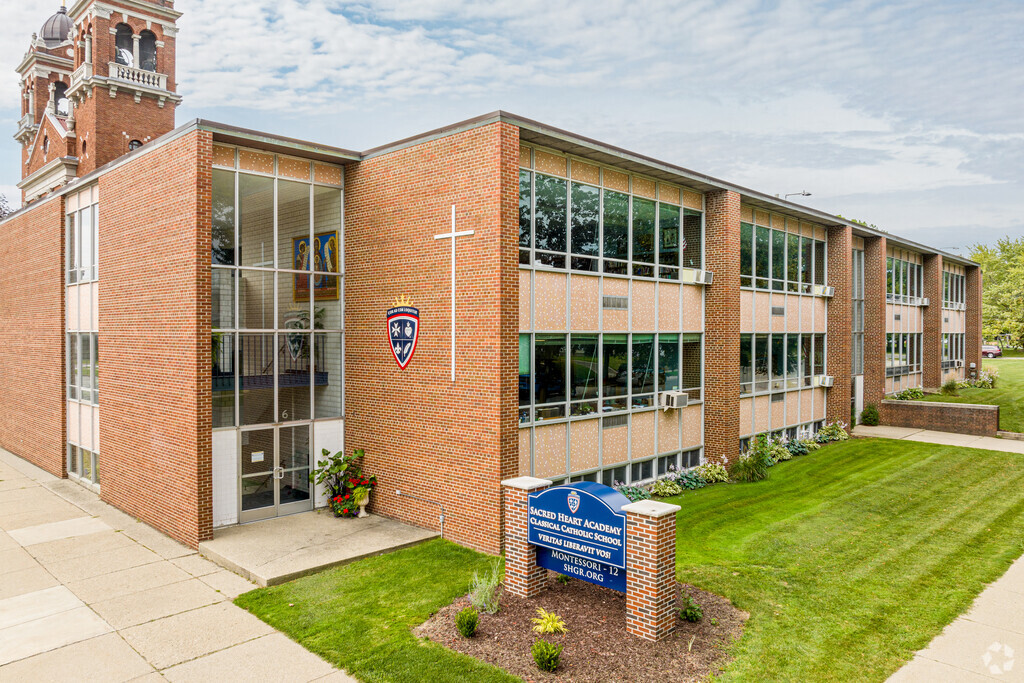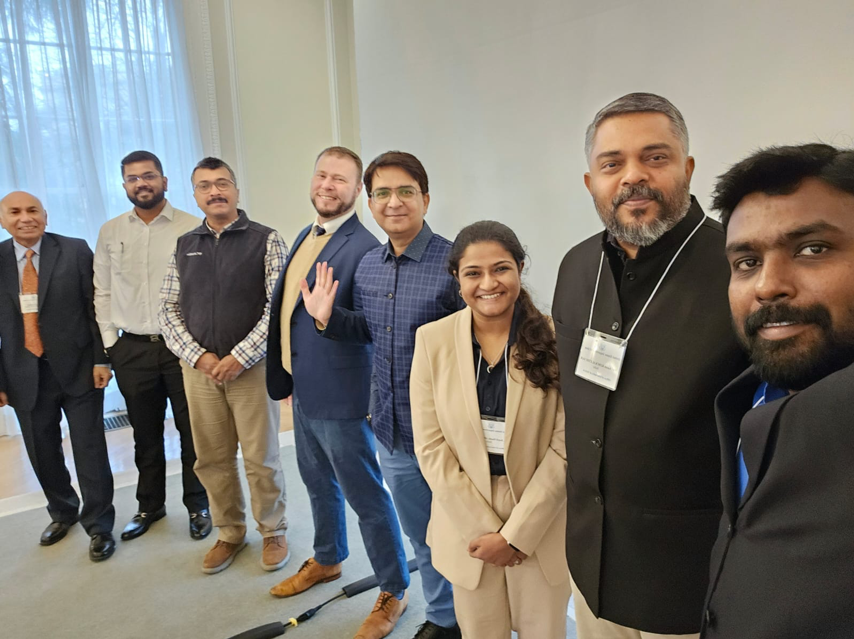This post was written as a response to John M. Owen’s piece, “Religious Freedom and Violence: Conflicting Perspectives,” which can be found here.
By: Michael Jerryson
Too often we confuse and confound the subject of religion. In order to approach the discussion of religion, atheism, and violence, I feel the need to disturb the very distinction of atheism from religion. To highlight this need, let us briefly examine the global legacy of religion in the sub-continent that we commonly refer to as India.
Perhaps the most common religious association with India is Hinduism. Hinduism is a theistic religion that encompasses a myriad of sub-groups. Clearly, Hinduism emerged from South Asia, and the vast majority of people today who live in India identify as Hindus. Contemporary Hindus believe in a a tman (soul) and view the act of liberation connected to the divine. However, it would be a mistake to consider India’s religious legacy strictly in this way. Hinduism developed in tandem with other global religions that had different views on theism: particularly, Jainism and Buddhism. On a strictly doctrinal basis, early Jains agreed with Hindus on two important points: there are gods and goddesses and humans have ji va (souls). However, Jains rejected the authority of Hindu’s priestly caste, the Brahmins, as well as the authority of their scriptures, the Vedas. Most especially, Jains argued that the gods and goddesses that exist are irrelevant to their pursuit of liberation. In a similar fashion, early Buddhists rejected the Brahmins and their scriptures. They recognized the existence of gods and goddesses, but also found them unrelated to the task of liberation. Even more distinct than Jains, Buddhists rejected the Hindu concept of a soul. One of their most famous and distinguishing stances is an-atman (no-soul or no-self).
This brief treatment of early South Asia displays a variety of religious traditions and perspectives. To divide these traditions between “theism” and ‘a-theism” would be a mistake, as the principle division that distinguishes these religions is not the belief in a divine (theism), but rather the method in which a person becomes liberated that includes theists and a-theists.
Let us turn now to the contemporary context in the United States. As Dawkins postulates, the principle distinction in the conversation about religion is theism versus a-theism. This is quite pronounced in his 2006 book The God Delusion, where he positions atheism as non-religion and religion as that which is theism.
This stance is quite different from the discourse found in early South Asia. In a global context, Dawkins espouses an Abrahamic categorization that positions the belief of a divine as the most important issue (to which subordinate distinctions follow such as poly-theism, heno-theism and mono-theism). And herein lies one of the many problems Richard Dawkins exhibits in his address of religion. He fails to recognize how his form of atheism has emerged within this Abrahamic discourse and that atheism, in itself, is a religion.
Over the last 50 years, there have been numerous scholars who include atheisms in their treatment of religion. The psychologist and philosopher William James saw religion as an individual experience. He writes that religion refers to the feelings, acts and experiences in relation to whatever a person may qualify as “the divine.” One need only turn to modern-day Alcoholics Anonymous and its inclusion of atheists, who see themselves or their AA group as their “higher power,” as evidence of this. We can look to the anthropologist Clifford Geertz, who argues religion is a metaphysics and a corresponding ethos—criteria that would most certainly include any form atheism. Perhaps one of the more accessible theorists on religion is Ninian Smart, who directly addresses the inclusion of atheism in his treatment of religion (and parallels it with nationalism).
This is an appropriate place to now address the connection between atheist beliefs and theist beliefs in relation to violence. The belief in an afterlife has certainly motivated people to sacrifice their lives for what Mark Juergensmeyer terms a “cosmic war.” But this treatment of afterlife belies a very Abrahamic perspective. Take for instance the perspective of most Hindus, Buddhists, and Jains. Their belief in rebirths—a form of afterlife—motivates them to behave appropriately. They see life as suffering and have no relish in wanting to repeat the suffering over and over again through multiple rebirths.
What is missing from Dawkins’ analysis, outside of cultural sensitivity and awareness of scholarship on the study of religion, is that it is not an “afterlife” but the privileging ofanything over one’s own life that can motivate a person toward violence.
People have sacrificed themselves for nations, ideologies (democracy, communism, capitalism), and identity (e.g., ethnicity). These values are not contingent upon a “theism,” but rather the subscription of a value greater than a person’s own life. There are quite a few examples in the last several centuries that serve to illustrate this point: the gulags in the governments of China and the Soviet Union, genocides under the Mongolian People’s Republic and Pol Pot’s Khmer Rouge, sacrifices for nationalist expansions connected to colonialism, World War I and World War II, the secular martyrdom of the Liberation Tigers of Tamil Eelam, and this list can go on.
To come full circle, at the same time as Jainism and Buddhism was developing in South Asia there were atheist traditions like the Carvakas and Ajivakas. These groups rejected all forms of theism and held to materialist claims. Carvakas in particular argued thatartha (wealth) and kama (enjoyment) took precedent over dharma (ethical merit) and moksha (salvation). Similar to the hedonists of other cultures, the Carvakas’ value of wealth and enjoyment could take precedence over values such as human life.
The phenomenon of sacrificing one’s life for a greater idea is a universal human trait. To echo Stephen Prothero’s call, we need to advance religious literacy in the United States. This would include a critical discussion of atheisms. It also requires a re-examination of religion’s relationships with violence. All religious traditions have a history of violence. This includes Hindus, Jains, and Buddhists, who place a strong emphasis on ahimsa (non-violence).
Michael Jerryson is currently an assistant professor of religious studies at Youngstown State University with a specialization on the relationship between religion and violence.
This piece was originally authored on November 4, 2014 for the Religious Freedom Project at Georgetown’s Berkley Center for Religion, Peace, and World Affairs.
THE RFI BLOG

Be More Faithful, Become More Resilient: An Invitation to Religious Institutions

How Soccer Reveals Different Meanings Of ‘Secular’ In France And The US

RFI’s Ismail Royer Meets with Delegation from India

Protecting the Unborn, Mothers, and Medical Ethics: The Stakes of Arkansas’ Amendment

Wisconsin Supreme Court Punishes Catholic Charities for Serving Everyone
CORNERSTONE FORUM

Public Bioethics & the Failure of Expressive Individualism

Religious Liberty in American Higher Education

Scotland’s Kate Forbes and the March of Secularism

70 Years of Religious Freedom in Sweden: Prospects and Challenges


